Walking through New York City brings a unique combination of good and bad smells to mind. Cooking onions and sausages from street food vendors, freshly roasted coffee from the one-of-a-kind coffee shop, and urine from the subway and parks. Maybe it was the sense of smell that set the High Line apart from all the other experiences I had while in New York. The first time I walked up the stairs to the High Line was probably in the early fall of 2009 – I’ve happily returned many times since.
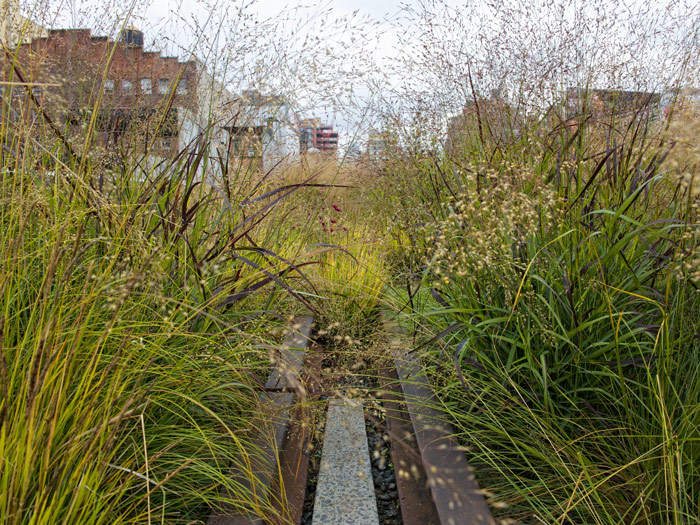
The garden plantings were still fairly new, but the experience was memorable. Up above the city was a place away from traffic and the smells of the city. I noticed, at this time, a most unusual smell. After meeting with the staff of the High Line, I asked them where that unusual smell was coming from. It smelled earthy, like popcorn without butter but maybe with coriander. Some people describe it as the scent of baking bread. I like toasted, earthy smells, and this smell was one of them.
The gardening crew from the High Line told me that it was the flowers of a native grass called prairie dropseed or Sporobolus heterolepis. At the time, I was working at Longwood Gardens, and we later added some of these native plants to a dry parking lot planter. Over the next couple of years, they filled in, and on cue each fall, they provided that nostalgic smell of the High Line.
Or – if you are from the mid-western plains states (like Rochelle), this might remind you of home.
To even go further down nostalgia lane, I think my affinity for these smells is due to the fact that my grandpa always wore English Leather aftershave. That woodsy, clean scent always made me feel comfortable as my grandfather and I used to go off exploring in the North Carolina mountains around Boone, where he lived.
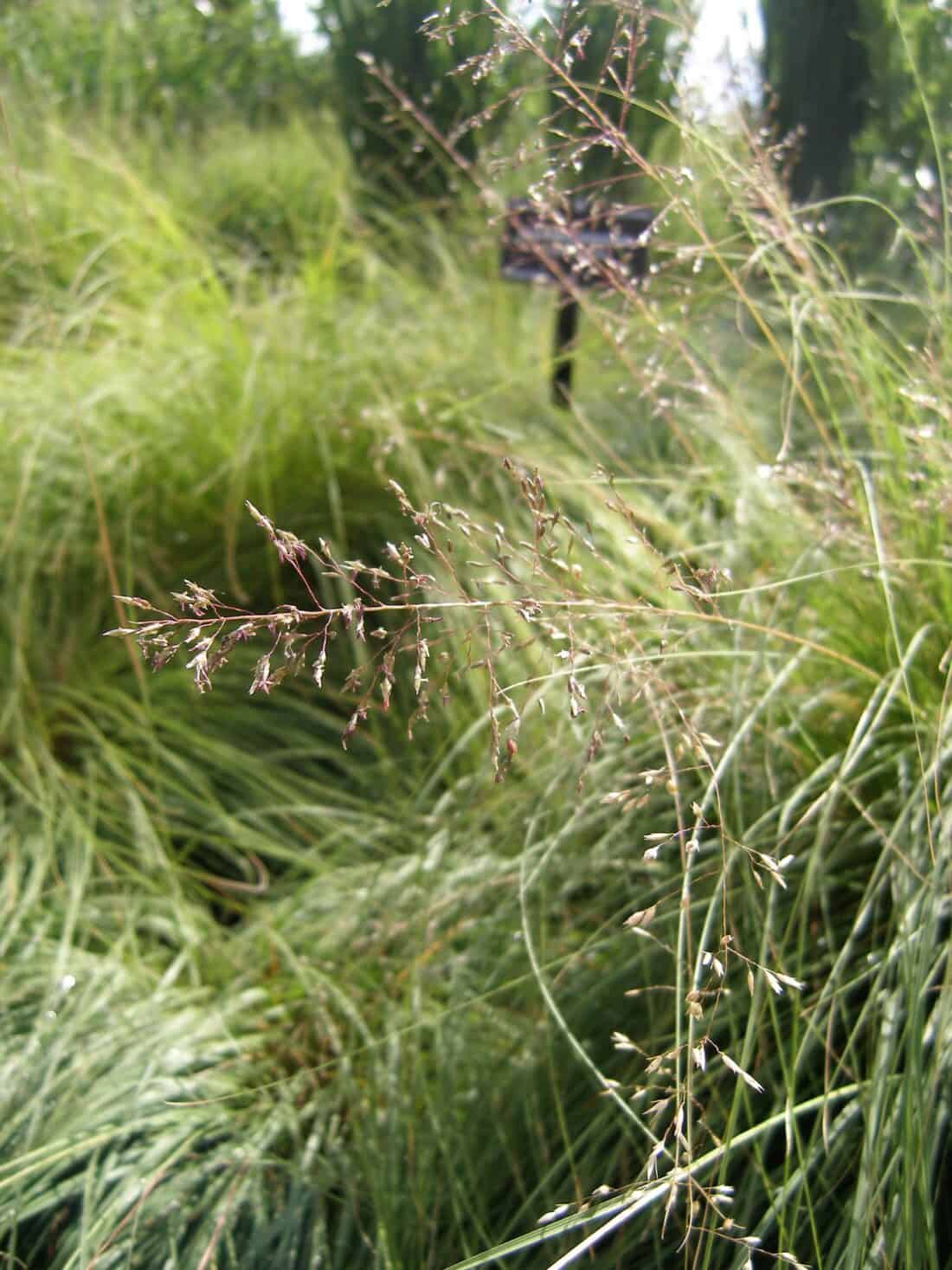
Growing sporobolus in Maine
In our gardens at Coastal Maine, we have a couple of mass plantings of prairie dropseed and have even added a few more this past spring. Sporobolus heterolepis is an easy-to-grow, perennial grass native to most of the eastern and middle states of the US. Once established, the plants can survive drought and reach 3 feet in height and width.
In late summer, airy, white inflorescences emerge above the dark green wiry foliage. They are slow growing, so be patient (seed-grown plants will take at least four years before the bloom).
Once in flower, the unique fragrance of the High Line and my grandpa’s English Leather starts to waft through the garden. After flowering, the plants set seeds, which are a good food source for seed-eating birds.
–Rodney
As a postscript, when I think of this plant, I not only think of the High Line and my grandpa but the ever-present High Line horticulturist with the hipster haircut and Wayfarer glasses, Johnny Linville. I met Johnny during my first visit, and we corresponded occasionally about various gardening matters. During our last trip to New York in May of this year, a group of us were fortunate enough to spend time with Johnny and Thomas Smarr, walking the entire length of the High Line. Johnny passed away suddenly in August at a very young age. Johnny, you are missed.
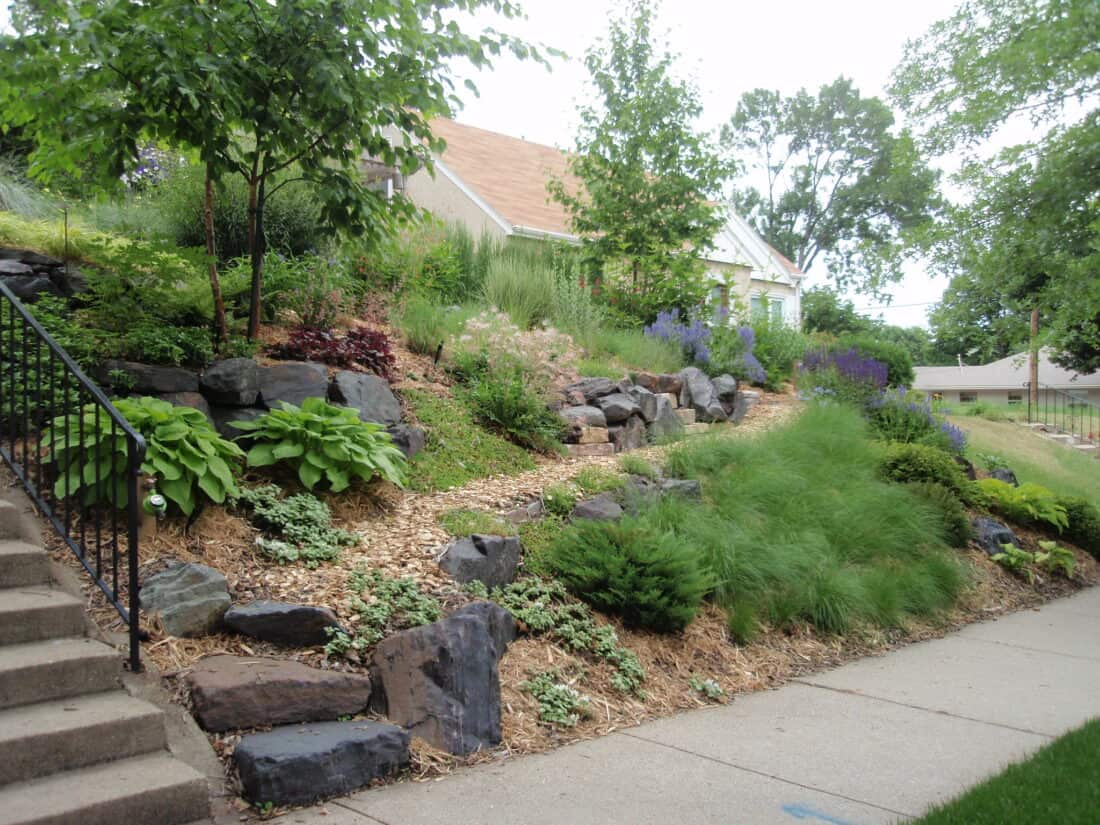
How to use Native Prairie Dropseed in the landscape?
Prairie Dropseed is a favorite among gardeners and landscape designers for its elegant, arching foliage and graceful, fountain-like shape. It’s an excellent choice for adding movement and visual interest to gardens. Its fine texture and low-maintenance qualities make it an excellent addition to modern sustainable landscapes, where it’s used to reduce water consumption and maintenance costs.
It makes a distinctive border and, though wild, can also look formal. It is a classy Fringe – polished enough for formal, manicured landscapes as well as more naturalistic ones.
What to plant it with (all these plants are also native to many parts of the United States and Canada)-
- Big bluestem (or Little bluestem – schizachyrium scoparium)
- Ironweed – There are many interesting varieties of vernonia to try.
- Asclepias tuberosa – Butterfly weed
- Asters
- Amsonia hubrictii
Interesting facts about Prairie dropseed – Sporobolus heterolepis
1. This grass is native to North American prairies and was a vital part of the tallgrass ecosystems that once covered vast areas of the continent. It played a crucial role in indigenous cultures, providing materials for basket weaving and thatching. Indigenous tribes, like the Lakota Sioux, also used Prairie Dropseed for medicinal and cultural purposes, such as creating fragrant sachets.
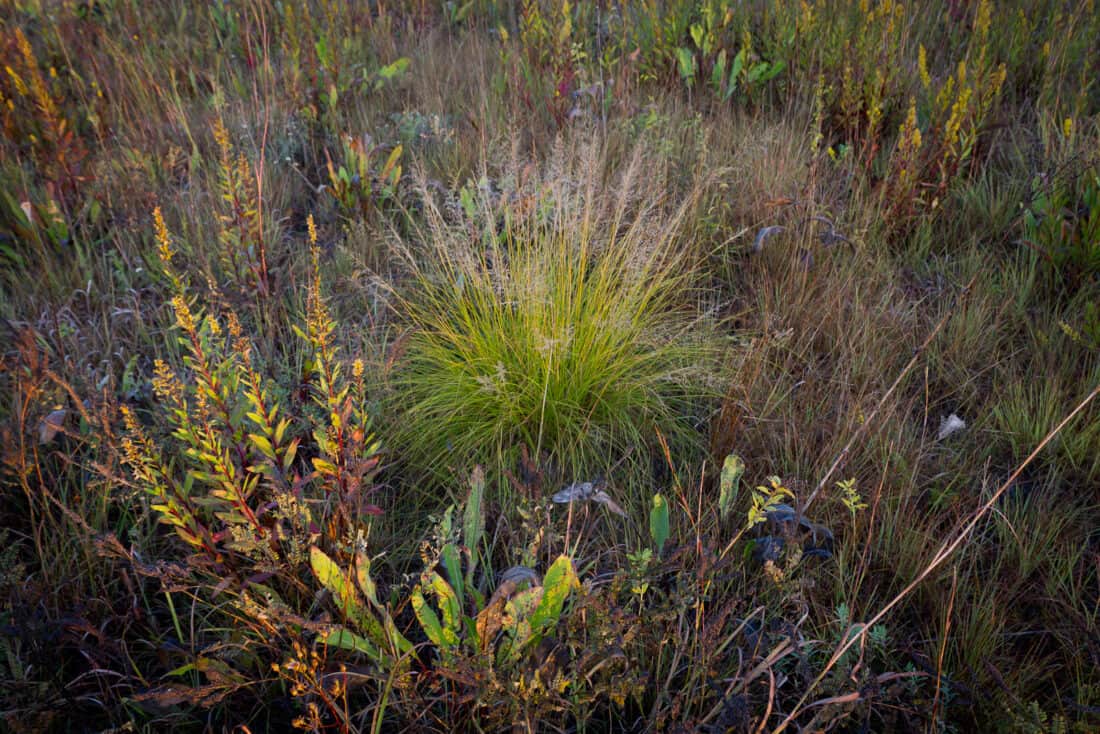
2. The seed heads of Prairie Dropseed are a valuable food source for birds (specifically drawing sparrows and juncos), making it an essential part of the food web in prairie ecosystems. It is also readily eaten by buffalo, cows, and horses. Prairie Dropseed serves as a host plant for the larvae of several butterfly species, contributing to the overall biodiversity of prairie habitats.
3. Ecologists often use Prairie Dropseed in prairie restoration projects. Its deep, thick, fibrous roots make it great for solving erosion control issues. It’s known for its drought tolerance and adaptability to a wide range of soil types and is often used in xeriscaping and sustainable landscaping.
Have a black walnut tree?
4. Prairie dropseed is one of the few things that can grow under and near a black walnut tree. The grass is not affected by juglone, the chemical that black walnut trees release into the soil that prevents most other plants from growing.
5. The sweet fragrance of Prairie Dropseed has inspired its use as a symbol of nostalgia and the essence of the prairie. Its aroma can evoke powerful memories of the American heartland.
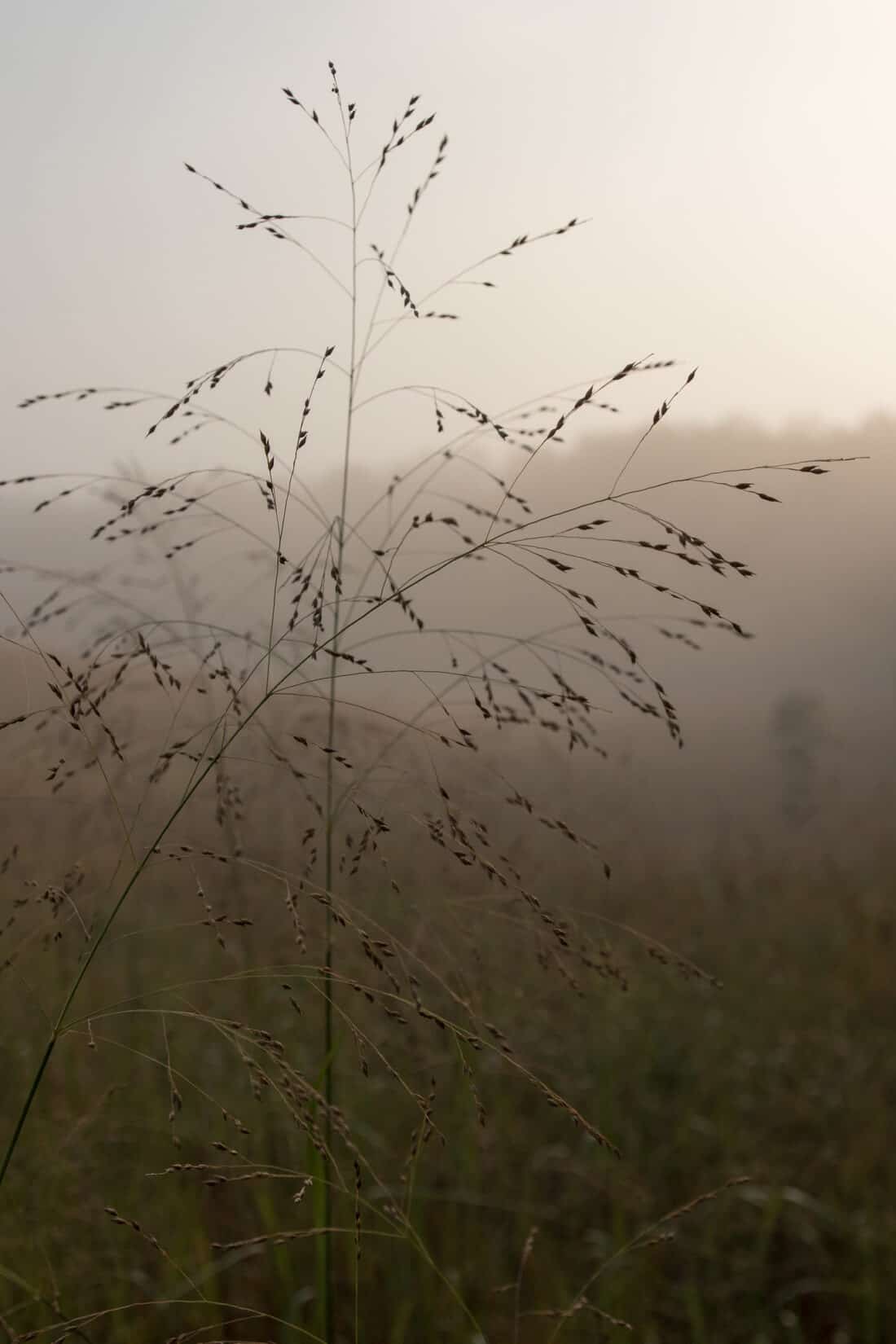
6. In fall, Prairie Dropseed turns up the heat when its lustrous green foliage takes on bright golden and pumpkin-orange tones. Its winter color is a pleasing peachy tan. The plant holds up well under ice and snow and supplies plenty of interest during the dormant season.
7. Prairie Dropseed, a true native of North America and its home once stretched from the Canadian provinces of Saskatchewan to Quebec, all the way down to the Lone Star State, Texas. It is a foundational plant of the Midwest prairies. But sadly, development, sprawl, and farming have radically reduced our prairie lands. Prairie Dropseed is now on the endangered species list in many states. Grow it in your garden to help restore all the ecosystem services that this plant provides.
More posts about native and scented plants.
+comments+